Sikkim (garden of the god of war, Indra)
Northeast India, a region of enchanting natural beauty and rich cultural diversity, offers a captivating travel experience. This area is known for its lush landscapes, vibrant festivals, and unique ethnic traditions. Highlights include the scenic tea gardens of Assam, the serene landscapes of Meghalaya, the lush greenery of Nagaland, and the breathtaking views of Arunachal Pradesh. With its varied terrain, from misty hills and verdant valleys to cascading waterfalls and unique wildlife, Northeast India is a paradise for nature lovers, adventure seekers, and cultural enthusiasts.
Sikkim Tourism Guide
East Sikkim: Icy lakes, monasteries & Gangtok!
District headquarters: Gangtok Starting with East Sikkim, as most tourists to Sikkim do, one is sure to be mesmerized by this land. Its lush forests, icy lakes, and monasteries make it a wonderful place to visit. Gangtok, the state’s capital, also serves as the district headquarters of East Sikkim. The capital city of Gangtok lies in the East Sikkim district of the state. It is the most popular destination of Sikkim and attracts a number of tourists every year. Elevated at a height of 5,500 ft. Gangtok is a popular hill station and is a preferred destination for couples on their honeymoon. Nestled in the lap of the mighty Himalayas, the city makes for an ideal trekking spot with its terrains and weather that remains cool throughout the year. Gangtok loves its quiet and serene monasteries as much as its vibrant nightlife. It has something for everyone. Tsomgo Lake is another destination that should be on your East Sikkim itinerary. It is a glacial lake and is situated at a height of 12,313 ft. The lake is a beautiful sight to behold as it sits amidst the snow clad mountains which are reflected back in the lake’s water. Depending on the seasons, the lake changes colors from blue to a dark green. Tsomgo Lake remains frozen throughout the winter in complete contrast with the spring when the valley is covered in colorful rhododendron flowers. One of the highest motorable passes of India, Nathu La is situated at a height of 14,450 ft. among the snow clad mountains of Sikkim. Earlier a part of the ancient silk road, the pass now functions as an open trading border post between India and China and is a major participant in the Sino-Indian trade. En route to the pass, you can also view some beautiful waterfalls and mighty mountains of Sikkim all around. East Sikkim also has the Baba Mandir, a shrine-cum-memorial built in honor of Harbhajan Singh, a soldier of the Indian Army who went missing one day during his patrol. According to a legend, he appeared in a dream to his colleagues and informed them about his death and that he wished for a Samadhi. The Old Baba Mandir is built at the site where he was posted during his service. Since it is difficult to climb the site, a New Baba Mandir has been constructed as the samadhi for tourists to visit at Kupup. If you are looking for an offbeat destination in East Sikkim, then Zuluk is the place for you. Roughly at a distance of 100 kilometers from the city of Gangtok is the small village of Zuluk, sitting at a height of 10,000 ft. Zuluk used to be part of the ancient silk route connecting to Tibet but is now an emerging point of interest among tourists who tend to visit the place to get a perfect view of the mighty Khangchendzonga.West Sikkim: The embodiment of Sikkim’s beauty!
District headquarters: Gyalshing The small hill town of Pelling is a popular tourist attraction of Sikkim after Gangtok. Situated at a height of 6,800 ft. the town is at a distance of 10 kilometers from the district headquarters of Gyalshing. The landscape of Pelling is dotted with monasteries, lakes and waterfalls along with mesmerizing views of Mount Khangchendzonga. The Pemayangtse Monastery and the Sanga Choeling Monastery are popular among tourists in West Sikkim. The Sanga Choeling Monastery was built in the 17th century and is an important site for the devotees of Buddhism. Close to the monastery is the Chenrezig Statue with India’s first ever Skywalk. With a height of 100 ft. and the transparent bridge, you will feel you are actually walking in the sky. Other places to explore in Pelling are the holy lake of Khecheopalri, Khangchendzonga Falls, and the Singshore Bridge, Asia’s second highest suspension bridge. The villages of Kaluk & Rinchenpong became popular tourist attractions of West Sikkim recently, both drawing visitors for their dreamy beauty. At a height of 5,600 ft. the quiet and picturesque village of Kaluk provides magnificent views of Mount Khangchendzonga. Rinchenpong is just 3 kilometers away from Kaluk and is popular for its monasteries, the Gurung Monastery and the Rinchenpong Monastery which houses a beautiful statue of Lord Buddha. Yuksom is an important town for the people of Sikkim, since this is where the first Chogyal, or the monarch of Sikkim was crowned by Buddhist Lamas. The Dubdi Monastery of Yuksom is the oldest monastery in Sikkim and is a place you must visit. The town of Yuksom serves as the base for Dzongri & Goecha La treks.North Sikkim: Sightseeing overloaded!
District headquarters: Mangan You could visit Lachung, a scenic village situated by the side of River Lachung, popular for its apples, peaches, and apricots, and the Lachung Monastery. North Sikkim is also popular for its Zero Point, located near Lachung. It is the final destination civilians can travel before reaching the country’s border with China. Yumthang Valley is another tourist spot you must visit when you venture into North Sikkim. The valley is known for its hot springs and the beautiful rhododendron flowers during spring. North Sikkim receives heavy snowfall during December and is a good time to visit if you want to enjoy the snowfall. The temperature often falls below zero and the entire landscape gets covered in snow. Everything turns white! One of the highest lakes in the world, Gurudongmar Lake sits at almost 17.800 ft. and is a mesmerizing site during the winters when it decides to freeze completely. The Khangchendzonga National Park, a UNESCO World Heritage Site, is also located in this district of Sikkim. It functions as a national park as well as a biosphere reserve. At the park you may get to see rare Himalayan wildlife species like Himalayan Tahr, Himalayan Blue Sheep, Himalayan Black Bear, Tibetan Wild Ass and the Red Panda.South Sikkim: Culture, nature and adventure!
District headquarters: Namchi A Sikkim tour is incomplete without visiting South Sikkim. Its surreal beauty ensures that it’s included in any Sikkim travel guide. It is home to Namchi, famously known as the cultural & religious hub of Sikkim. Two famous tourist sites are the 108 feet tall statue of Lord Shiva at the Siddheshwar Dham and the 118 feet tall statue of Guru Padmasambhava at Samdruptse Hill. The 17th century Ngadak Monastery is also a destination that you must visit to experience the serenity and peace of South Sikkim. The Temi Tea Garden at Ravangla is a matter of pride for the district and the state. It is Sikkim’s only tea garden and is known for its great quality tea. If you visit the garden during the month of November you can enjoy the beautiful cherry blossom trees that adorn the area. Ornithologists and bird watchers definitely should visit the Maenam Wildlife Sanctuary at Ravangla. This sanctuary of South Sikkim has a number of bird species such as the Dark-throated Thrush, Babblers, Blood Pheasant, and Cuckoos. Not just birds, the sanctuary also has native animals like the Red Panda, Goral, Barking Deer, Civet cat, and the Leopard cat. The terrains of South Sikkim allow for treks that you will surely enjoy. The lush green forests, the cool weather, the view of the beautiful Teesta River along with the mighty Khangchendzonga. What’s not to love here! There’s also Sikip, along the banks of the Rangeet River which offers amazing opportunities for river rafting and angling. And if you just want to relax among the captivating mountains of Sikkim, try out the hot springs at Borong and Ralong. These are natural hot springs and are rich in sulfur content, which means they are healing for your skin. Relax in the hot waters amidst the mighty Himalayas.Sikkim: Name any adventure activity, Sikkim has it!
Even though Sikkim is known for its quiet monasteries and mighty mountains, it is equally known for its adventure tourism. There are so many activities in Sikkim for adventure enthusiasts such as climbing the rough and tough mountains like Mount Frey and Mount Thinchenkhan, paragliding through the city of Gangtok, river rafting through the River Rangeet and Teesta, Bungee jumping at the Singshore Bridge, riding a Yak at the Tsomgo Lake, cycling and mountain biking on the Silk Route, and trekking. Some of the popular treks in Sikkim are Kanchenjunga Base Camp Trek, Yuksom Goecha La Trek, Dzongri Trek, Green Lake Trek and the Darjeeling Sandakphu Singalila Ridge Trek. You can also try camping along the Teesta river bank and experience the beauty of Sikkim and its mountains much closer.Sikkim: A mélange of cultures!
Sikkim’s rich culture can be seen in its villages, monasteries, festivals & cuisine. The cultural attires of the people are as fascinating as its numerous structures built in traditional style and architecture. The three main tribes of Sikkim are the Lepcha, Bhutia and Nepali who exist harmoniously with their different culture, customs and traditions. Nature plays a big role in the state’s everyday lifestyle.The people of Sikkim believe that the spirits of the land reside in its mountains, rivers, lakes, and forests. The people highly hallow Mount Khangchendzonga and consider it to be the guardian deity of their state, who maintains the peace and prosperity in Sikkim. Another way of getting an insight into its rich culture is attending Sikkim’s various fairs and festivals. Some of the popular ones are Saga Dawa, Losar, Losoong, Jorethang Maghey Mela, Bhumchu, Dentam Rhododendron Festival, and the Kagyed Chham. A lot of the famous festivals in Sikkim are marked by the masked dance, performed by lamas adorned in colorful robes & accessories. The dance is often a dramatized representation of the victory of good over evil and is accompanied by loud drums and horns. The shining swords and the traditional jewelry tie the performance together and lift the spirits of the people to create a euphoric atmosphere.Sikkim: To see the exotic & rare Himalayan wildlife!
Sikkim’s hills, forests & mountains harbor a variety of rare & exotic Himalayan wildlife. Many of these animals and birds are exclusively found at high altitudes. Spotting them in their natural habitat is a rare privilege. There are several national parks & sanctuaries in Sikkim where you can observe its wildlife leisurely. The most famous of these is the Khangchendzonga National Park, a UNESCO World Heritage Site. You can spot animals like Himalayan Black Bear, Tibetan Wild Ass, Himalayan Blue Sheep, Goral, Takin and the Red Panda. The Red Panda is a mammal species native to the Eastern Himalayas & southwestern China. Other famous wildlife sanctuaries in Sikkim are Fambong Lho Wildlife Sanctuary, Varsey Rhododendron Sanctuary, Kyongnosla Alpine Sanctuary and the Maenam Wildlife Sanctuary. Enjoy your vacation in Sikkim with tour packages offered by Tour My India that cover all the popular points of tourist attractions and ensure that your holidays are hassle free and enjoyable.Best Time for Visiting Sikkim for Holidays
Summer is a good time to be in Sikkim. Being at such a high altitude, the pleasant weather of the state is the best for enjoying sightseeing & adventure between the months of March and June. November to February is winter in Sikkim. During the winters, Sikkim is covered in snow, but looks extremely beautiful. A lot of the state festivals are held during winters and is also a good time to visit if you can bear the cold weather. It is better to avoid the monsoon season during the months of July to September. Even though the weather is pleasant, there is a risk of landslides.A Quick Information About the State - Sikkim
Sikkim Region North East Sikkim Capital Gangtok Sitting Chief Minister of Sikkim Mr. Prem Singh Tamang Major Languages Spoken in Sikkim Nepali, Sikkimese (Bhutia), Lepcha, Hindi, Limbu, Sherpa, Tamang and Rai Sikkim Dial Code +91 3592 Total Population of Sikkim 6,10,577 (According to 2011 Census) Total Area of Sikkim 7,096 Km Square Major Tribes in Sikkim Lepcha, Bhutia and Nepali Total Districts in Sikkim 4 (East, North, West & South) State Animal of Sikkim Red Panda State Bird of Sikkim Blood Pheasant State Flower of Sikkim Dendrobium Nobile (Nobile Orchid) State Tree of Sikkim Rhododendron Niveum Major Festivals Dasai, Pang Lhabsol, Saga Dawa, Temi, Pelling Winter Tourism Festival, Bumchu, Lepchas, Indrajatra, Maghey Sankrati..etc Major Tourist Attractions Lakes, Wildlife, Monasteries, Hill Stations, Adventure, Heritage, Trekking, Culture, Caves
Queen Of The Hills 3N-4D
Experience the enchanting beauty of Darjeeling, the “Queen of the Hills,” on this 4-day getaway. Nestled in the Himalayas, Darjeeling offers breathtaking views of snow-capped peaks, lush tea gardens, and a rich cultural heritage. With its charming landscapes, delightful weather, and a perfect blend of adventure and relaxation, this trip to Darjeeling is sure to leave you with unforgettable memories.

Splendour Himalaya 3N-4D
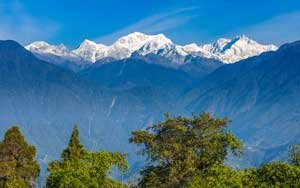
Green Dooars 3N-4D

Heaven On Hills 3N-4D
Kalimpong (1N)→ Darjeeling(2N)
Discover the serene beauty of the “Heaven On Hills” with a 3N-4D tour to Kalimpong and Darjeeling. Begin with a peaceful night in Kalimpong, where you can explore its picturesque landscapes, monasteries, and vibrant local markets. This journey offers the perfect blend of tranquility, nature, and cultural charm amidst the stunning hills of North Bengal.
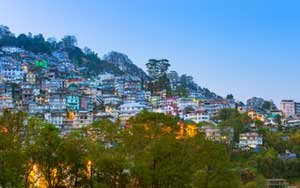
Himalayan Tranquility 4N-5D
Experience the peaceful allure of the “Himalayan Tranquility” with a 4N-5D tour to Gangtok and Darjeeling. Spend three nights in Gangtok, this journey offers a perfect escape into the peaceful landscapes, culture, and natural beauty of the Eastern Himalayas.

Lost Kingdom 4N-5D

Mystery Mountains 5N-6D
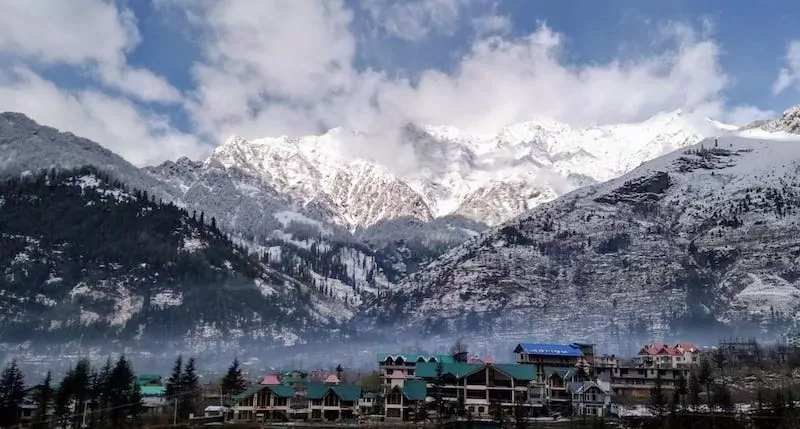
Himalayan Golden Triangle 5N-6D

Cool khangchendzongha 6N-7D


Rendezvous Sikkim Part 2 6N-7D



Eastern Mystery 6N-7D


Unique Himalaya 6N-7D


Mesmerising Himalayas 6N-7D



Unleashed himalaya 6N-7D


Sweet Eastern Himalaya 7N-8D


Splendid Hills 7N-8D


Treasures Of Sikkim 7N-8D


Hill Of Bengal 7N-8D


Eastern Himalayan 3 Jewels 7N-8D


Peaceful sikkim 7N-8D
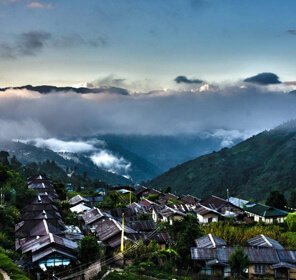

Sweet Memory Of Khangchendzongha 8N-9D



Himalayan Orchid 8N-9D
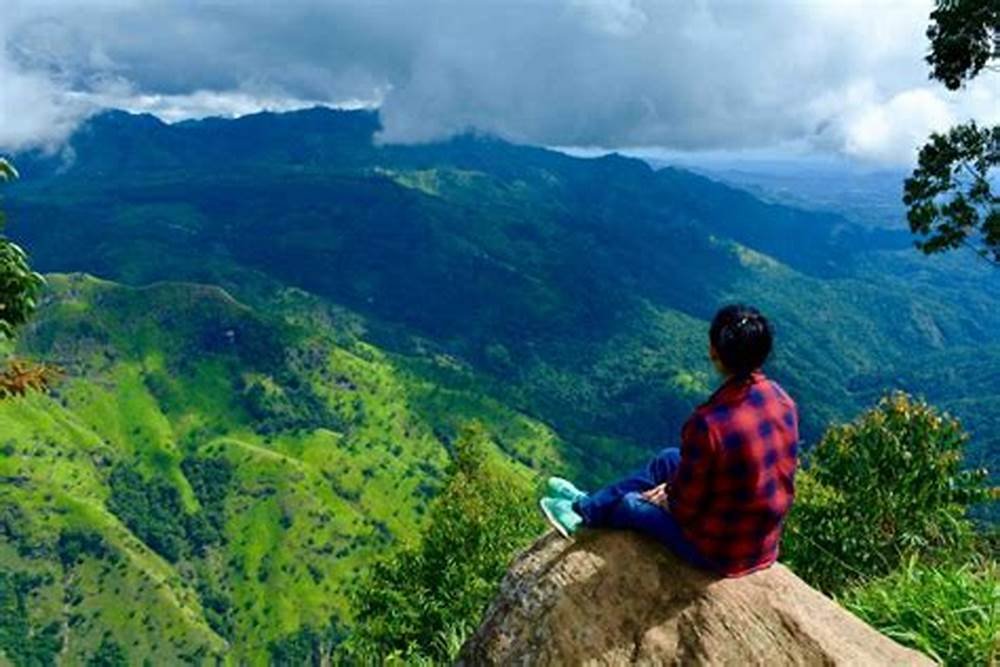

Himalayan Treasures 7N-8D
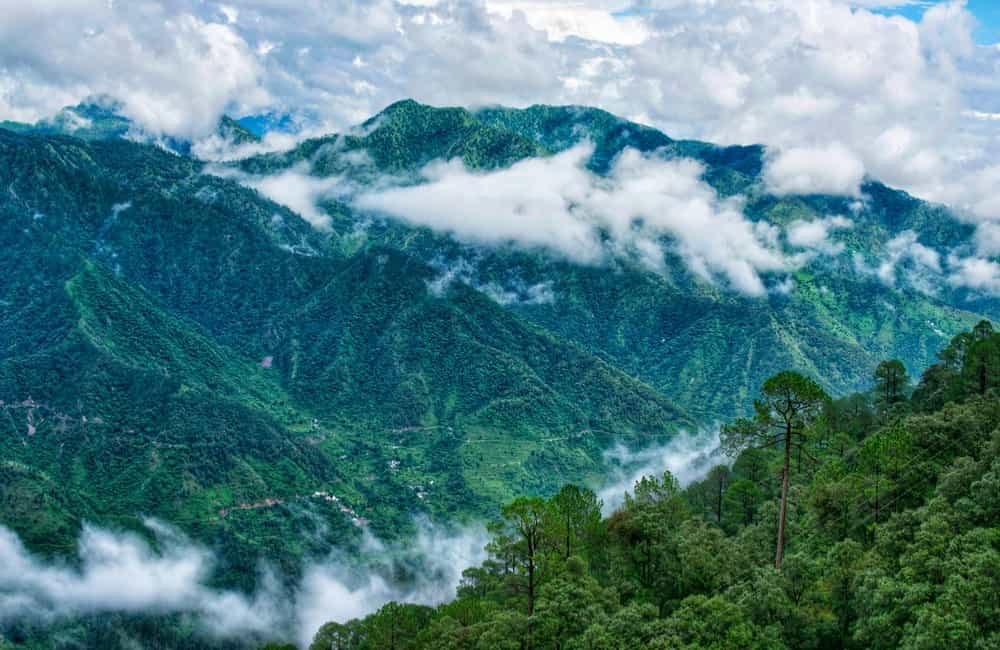



Sikkim Engrossed 8N-9D




Anmol Himalaya 8N-9D


Breathless Whiteout 9N-10D


Himalayan Trail 9N-10D
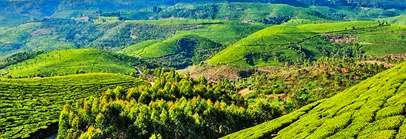

Discover Eastern Himalaya 10N-11D




Discover Eastern Himalaya 2 11N-12D


